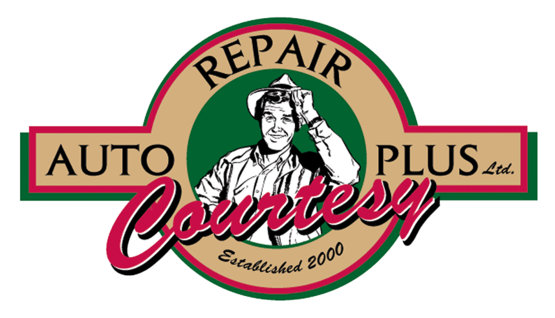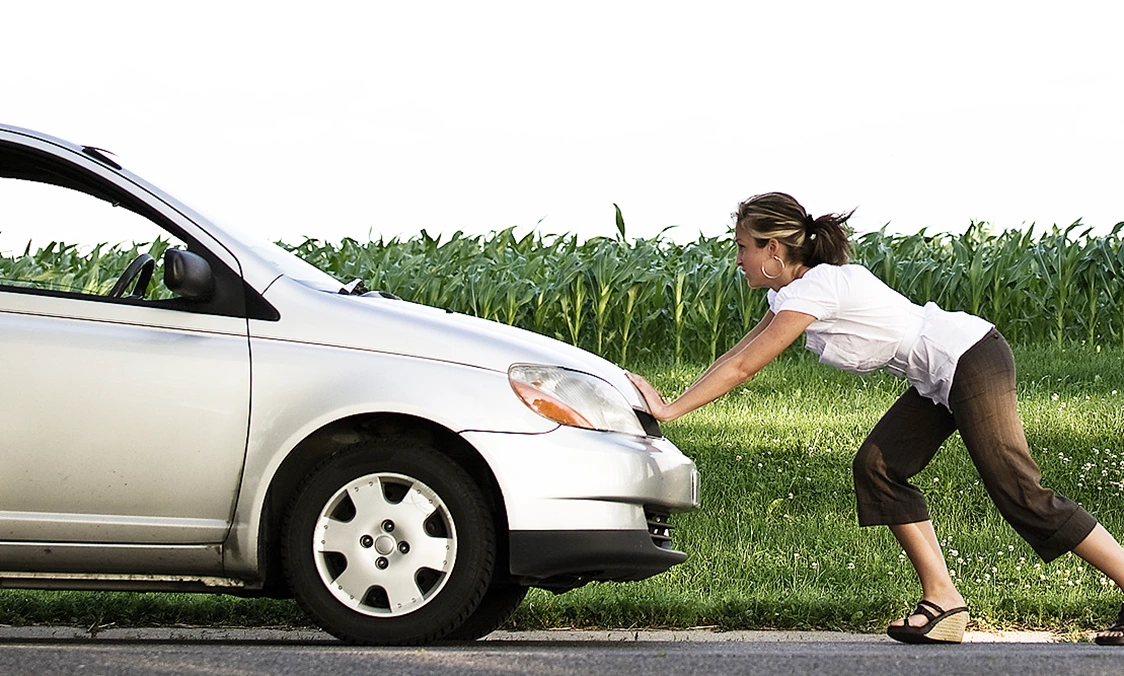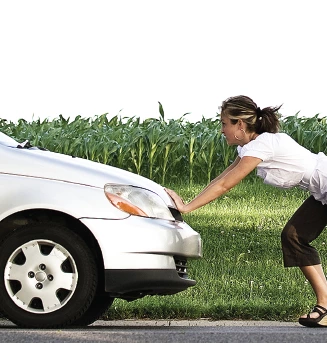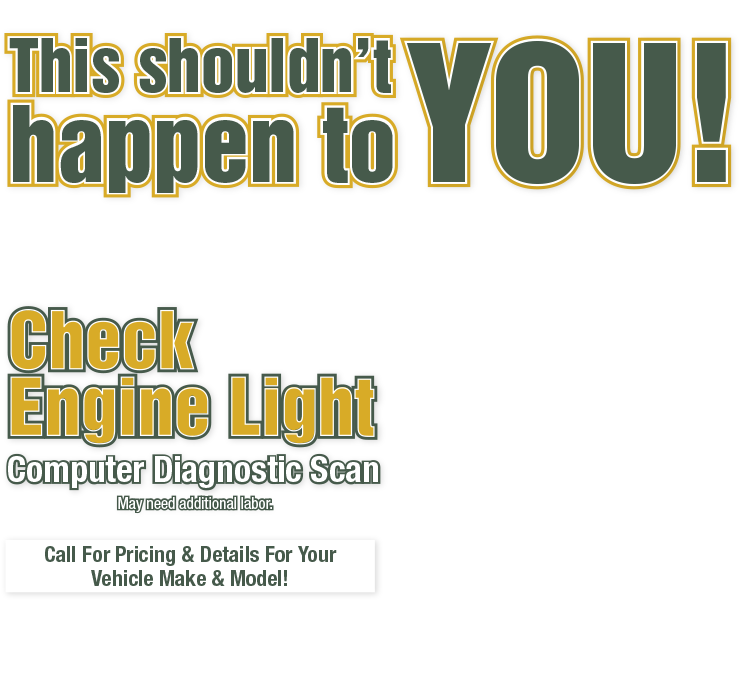See the Light (Automatic High Beam Dimmers)
October 18, 2020
It's happened to all of us. We're driving down a highway at night and over a crest appears a car with its high beams blazing. You are momentarily blinded, hoping the other driver will switch them to their low beam setting and restore your vision.
Not only do we not appreciate being blinded, face it; we don’t want to be that other driver, either. You know, the one who forgets to turn down their high beams.
Why do we want high beams in the first place? They can improve safety when used correctly, giving drivers more reaction time since they can see farther down the road. But research has found many drivers either don't use them or, when they do, they frequently forget to switch to low beams. Enter the automatic high-beam dimmer.
The quest for the perfect one began back in the 1950s, General Motors invented something it called the "Autronic Eye." It was a phototube which sat on the dashboard and turned down your beams when it saw other headlights. While touted as being the biggest advance in night driving safety in 30 years, it didn't work all that well. But as technology got more advanced, systems improved.
Today's automatic high beam dimmers usually have a camera in the rear view mirror (pointing forward). When the camera sees lights, software in the system's computer attempts to determine the source of the light, whether it is an oncoming vehicle, taillights, ambient city lights, street lights or the reflection off of a street sign. It then adjusts the headlights to operate high beams if appropriate or a less-blinding mode if they’re not.
Some automakers are striving to make their headlight systems smarter and safer by developing lamps that can avoid blinding oncoming drivers by means other than simply dimming them. One idea? Splitting the beams so they will block just the portion that shines into the eyes of oncoming drivers.
It's a long way from the Autronic Eye.
Courtesy Auto Repair Plus
967 Bon Air Ave
Tiffin, Ohio 44883
419-443-0797
http://www.courtesyautorepairplus.com
More articles from Courtesy Auto Repair Plus

Don?t Skip Out on These! (Vehicle Maintenance Items You Should Never Postpone)
December 14, 2025
Maybe that little sticker on your windshield is giving you the reminder that its time for your vehicle to have an oil change. Youve thought, Aw, I can skip this one and save myself a little money. When it comes to things you should never ignore on your vehicle, timely oil changes are number one... More

Why Maintaining Your Windshield Wipers and Washers Matters (Windshield Wiper and Washer Inspection)
December 7, 2025
What do mud, bird droppings and frost all have in common? When theyre covering your windshield, they can temporarily obscure your view of the road, leaving you driving blind. And when you cant see the road clearly ahead of you, it can be really scary. Thats one of the reasons its important to m... More

A Clean Start (Battery Cleaning)
November 30, 2025
You may be fanatical about keeping the outside of your vehicle clean. But what about what's under the hood? Have you ever thought about how dirt and grime may be affecting your engine's components? One of the most important parts under your hood to keep clean is your vehicle's battery. With a d... More







